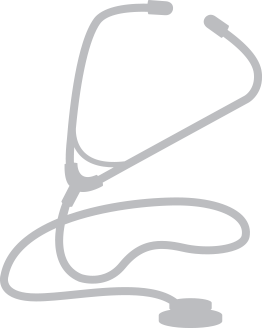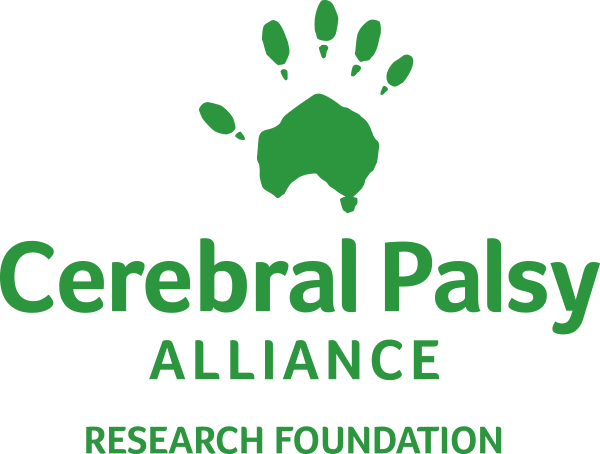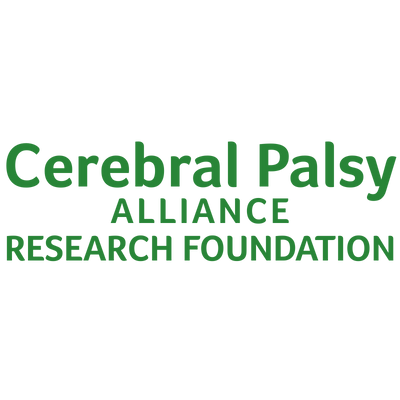
There are some signs that may indicate a child has cerebral palsy. Not all signs are visible at birth and may become more obvious as babies develop.

Babies
- Low muscle tone (baby feels ‘floppy’ when picked up)
- Unable to hold up its own head while lying on their stomach or in a supported sitting position
- Muscle spasms or feeling stiff
- Poor muscle control, reflexes and posture
- Delayed development (can’t sit up or independently roll over by 6 months)
- Feeding or swallowing difficulties
- Preference to use one side of their body
Toddlers/Children
Although the brain of toddlers/children with cerebral palsy remains injured, the injury does not get worse as they develop.
Depending on the level of severity of their cerebral palsy, toddlers and children may experience difficulties with their physical development such as:
- not walking by 12-18 months
- not speaking simple sentences by 24 months
If your child is not reaching these milestones or they display some of the signs of cerebral palsy, you may need to speak to your early childhood nurse, general practitioner or paediatrician.

When is cerebral palsy diagnosed?
Cerebral palsy is a complex disability and diagnosis is not always an easy process. Doctors may suspect cerebral palsy if a baby has slow motor development, has tight or floppy muscle tone, or displays unusual postures.

How do doctors diagnose cerebral palsy?
They will pay special attention to the child’s movements – both their voluntary movements as well as their muscle tone.
Some children may have very relaxed, floppy muscles, while others have stiff, tight muscles.
Doctors will also look for any unusual postures or if the child favours one side over the other.
A scan such as a MRI may be ordered by the doctor.
One of the frustrations for parents is that sometimes a diagnosis can take a long time, with repeated tests and visits to specialists.
This may be because the child has a mild form of cerebral palsy, but it could also be because the doctor needs to make sure it is not another type of movement disorder that may be progressive (get worse over time).

